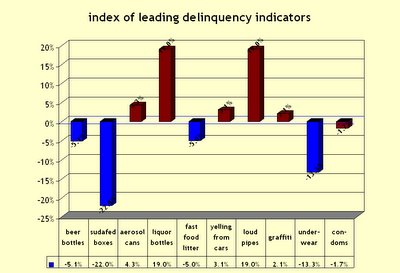for some months now i’ve been disturbed by the issue of states using civil commitment to lock up sex offenders after they have served their prison sentences. chris posted on this a couple of months ago, showing how we have clearly dehumanized and demonized sex offenders in this country. how else to explain the fact that these individuals can do their time, pay their debt to society, and then still potentially be locked up for the rest of their lives? states like new york and washington have opened or are in the process of building new “perv prisons” at great expense and very little public outcry.
new york is currently planning to build a facility that will house 500 civilly committed sex offenders who have served their prison sentences. such civil commitments have been upheld by the us supreme court. in 2002, the nation’s top court ruled that people who were “unable to control their dangerousness” and were likely to commit another sex crime could be legally civilly committed.
in washington state, a study by independent researchers showed that felony-level sex offenders had a recidivism rate of 2.7 percent — lower than the rate of repeat arrests for felony-level drug violations and several other categories of crime. the tacoma news tribune reports the following statistics:
About 5 percent of treated sex offenders commit another sex crime, studies show. That figure is about 7 percent for those who didn’t receive treatment. About 8 percent commit new crimes that are nonsexual and nonviolent. About 3 percent commit new crimes that are violent but not of a sexual nature. About 77 percent have no new offenses at all.
yet, still, the moral panic is driving punitive new laws and there is no end in sight. in washington state alone nearly 50 sex offender bills were introduced in the last legislative session. washington’s policy is to indefinitely incarcerate offenders after their prison sentences until they have successfully completed “deviancy treatment.” in at least one case, an individual has been civilly committed–with the supreme court’s blessing–for over a decade after completing his prison term.
as chris wrote about in the post mentioned earlier, minnesota has taken this issue even further and defined some individuals as “sexually dangerous” and civilly committed them without their ever having committed a sex offense.
while sex offenders are the target of the day, i worry that such trampling of individual rights may be a slippery slope…what will be next? when we allow states to play god and incarcerate people based on their potential for predatory crime, the state may ultimately become more frightening than any individual offender.


 oxford
oxford
 crimprofs links to a
crimprofs links to a